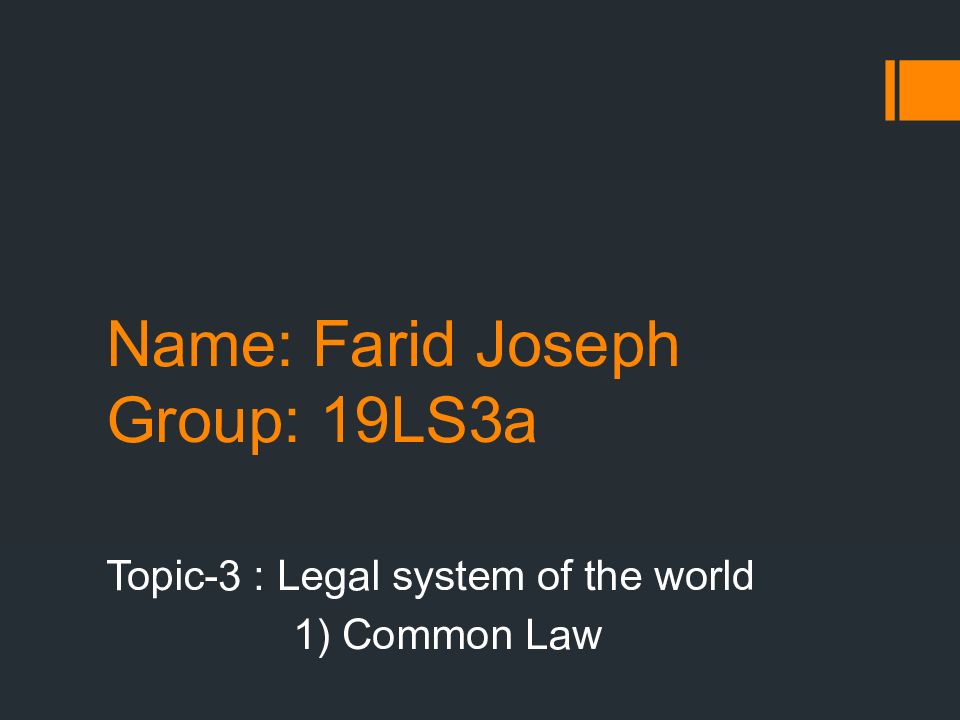Слайд 2: The Creation of the Laws of Manu
The laws of Manu are one of the most famous monuments of ancient Indian law and the most frequently used work of ancient Indian literature by specialists in Hinduism. Its full name is Manavadharmasastra (sastra - revelation; dharma - mind, idea, law, jurisprudence, morality, religion, etc.). Therefore, this monument is often called the "Revelations of Tsarevich Manu". In the Laws of Manu there is an internal logic, a close connection of law with the norms of religion and morality is traced, legal norms are given a religious justification and connection with religious rituals and ceremonies.
Слайд 4
formation of society Tribal relations gradually disintegrated. This process was part of the historical development of society. More influential and powerful families concentrated on military guards, administrative posts and priestly duties. The result of this was the development of property and the emergence of slavery. The tribal elite turned into a tribal aristocracy. The social division took place according to the caste system. The entire population was divided into four groups varnas: Brahmanas (priests); Vaish (farmers); Kshatriya (warriors); Shudras (untouchable). Another criterion for determining a person's belonging to a particular varna was the fact of his birth. Over time, mixed marriages appeared. In this regard, another section of a person's social belonging appeared, which takes into account the origin of his parents .The untouchables ( sudras ) were a separate varna. Other classes were not allowed to settle in their living quarters, and according to the Laws of Manu, they had to wear only rags. According to their legal status, these people were equated with dogs.
Part I gives information about the universe and its Creator, about the origin of the 4 main varnas, about the leading role of the brahmanas in protecting the treasury of the universal Law, which is also followed by people. ·II-mentions the upbringing of an orthodox Hindu through the introduction to the knowledge of the Vedas, also mentions the role of traditions, ceremonies and rituals, as well as the "remembered sacred wisdom" of the dharmashastras ; III-IV - contains the norms and requirements for family life, correct marriage ( anuloma ), and also tells about the consequences of incorrect marriages ( pratiloma ) and the requirements of Iah to the corresponding rituals;· V-VI - contains information on ways to sanctify everyday life: the daily routine, the enumeration of forbidden actions, the description of purification rituals and lifestyle;VII-instructions on the functions of the king, the principles of his policy and government* VIII-guidelines on legal procedures and legal practices;· IX-X-dedicated to family relations, punishments for various crimes, duties of varnas members ; XI Dec November-dedicated to regulating the lifestyle of the untouchable caste (caste arises as a result of the conclusion of false, promiscuous intermarriage marriages that violate dharma)* XII-gives prescriptions about the cult, rituals and special tasks of its participants, speaks about the responsibility of a person for inadequate control over his thoughts, words and body ;
Слайд 7
according to religious teaching, the origin of varnas is described in detail, their hereditary and professional character is indicated, the purpose of each varnas, the privileges of higher varnas are determined. The peculiarity of the Laws of Manu is the religious nature of all their provisions. Part I 81. For the well-being of the realms, (Brahma) is removed from his mouth, hands, thighs and (respectively) the feet of brahmana, kshatriya, vaisya and sudra. 87. And for the preservation of this whole universe, he, the most luminous, has created special activities for being born from the mouth, hands, hips and feet. 96. Decently Decently, among living beings, living beings are considered the best, among living beings - Decently, Decently - among people, among people – brahmanas 97. After all, the virtuous behavior of a brahmana person, born to protect the treasure of dharma / rule, corresponds to the status he occupies occupy the highest place on earth as the lord of all beings
Слайд 8
100. Everything that exists in the world is the property of a brahmana:the superior of birth P is the brahmana, who has the right to all this PART 2 In the first marriage, the twice-born (wife) his varnas are recommended; But at the momentthose who act out of love can become their spouses directly according to the order. 14. None of the legends mentions the wife-woman of a brahmana or kshatriya, even in extreme cases 17. The Brahman who has planted a Shudryanka on a bed (after death) is thrown into hell; he is deprived of brahmana for having given birth to a son from her. 56. Where women are respected, the gods rejoice, but where they are not respected, everything is.
Слайд 9
Chapter IV 138. One should tell the truth, speak pleasant things, not speak unpleasant truth, not tell a pleasant lie - such is the eternal dharma 256. Everything is described by a word, has a basis in the word and originates in the word: he who is dishonest in speech is dishonest in everything.
Слайд 10: Dharma-sutra Hinduism
It consists mainly of Decibels ("threads" or "strings"), consisting of Decipherable rules that contain the basics of law related to interpersonal relations and relations between people and the state. The maxims deal with the practical rules of caste and man in their social, economic November and religious relations.
Слайд 11: Dharma-shastra Hinduizm
Dharma-shastra, (Sanskrit: "Science of Truth") ancient Indian legal science, which is the basis of family law of Hindus living both inside and outside India ( for example, Pakistan, Malaysia, East Africa), subject to legal modification ). The Dharma-shastra deals primarily with the correct course of conduct in each dilemma, and not with legal administration, although the courts and their procedures are comprehensively covered


















